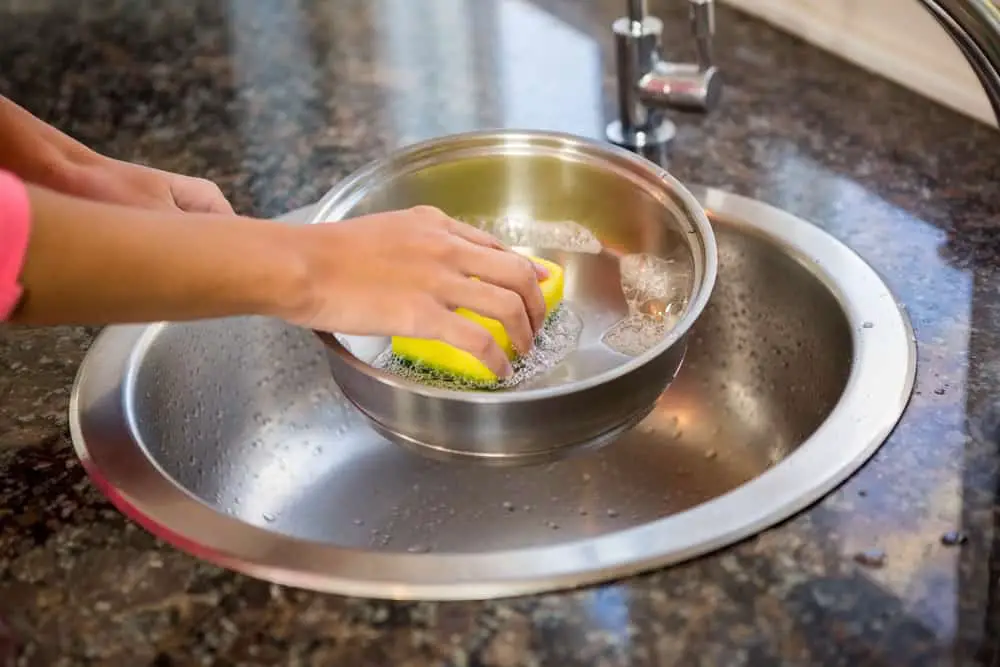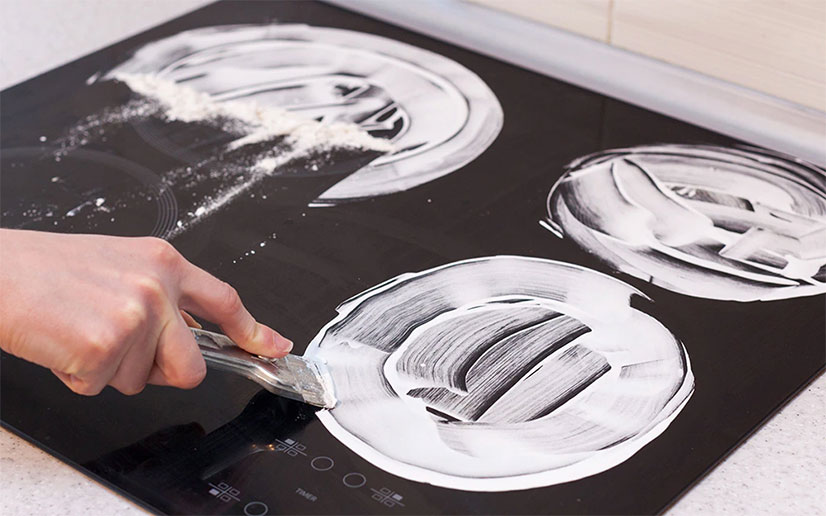Sparkling Clean: The Best Way to Clean Your Glass Stove Top
I. Introduction
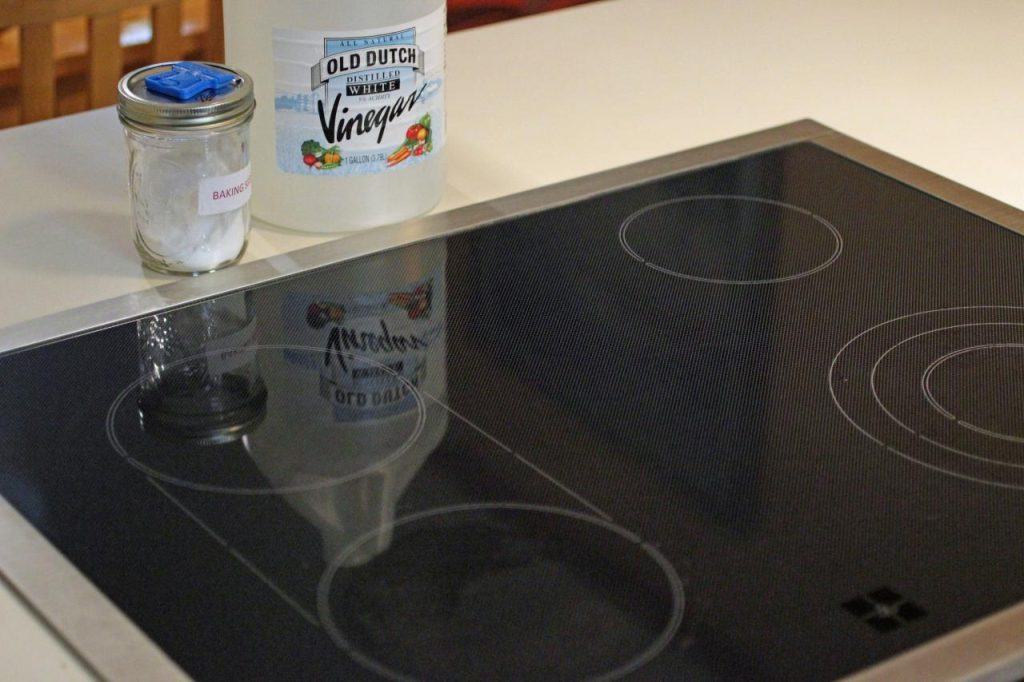
A. Importance of maintaining a clean glass stove top Maintaining a clean glass stove top is important for several reasons. Firstly, a clean stove top enhances the aesthetics of your kitchen and adds to the overall cleanliness of your home. Secondly, a clean stove top is more efficient and functional, as it allows for even heat distribution and prevents food from sticking or burning. Lastly, proper cleaning and maintenance can prolong the lifespan of your glass stove top, saving you money in the long run.
B. The benefits of using the best cleaning method Using the best cleaning method for your glass stove top has numerous benefits. Firstly, it saves you time and effort by efficiently removing stubborn stains and burnt-on food. Secondly, it prevents damage to your stove top by using gentle cleaning materials and techniques. Lastly, it ensures that your stove top remains in optimal condition, allowing for better cooking performance and longevity.
II. Understanding Your Glass Stove Top
A. Types of glass stove tops
- Smooth-top glass stove Smooth-top glass stoves have a sleek and flat surface that is easy to clean. They are made of a ceramic glass material that is resistant to high temperatures and scratches. However, they can be susceptible to staining and require regular maintenance.
- Induction glass stove Induction glass stoves use electromagnetic currents to heat the cookware directly, making them energy-efficient and precise. They also have a smooth glass surface that is easy to clean. However, they can be sensitive to scratches and require special cleaning methods.
B. Common cleaning challenges
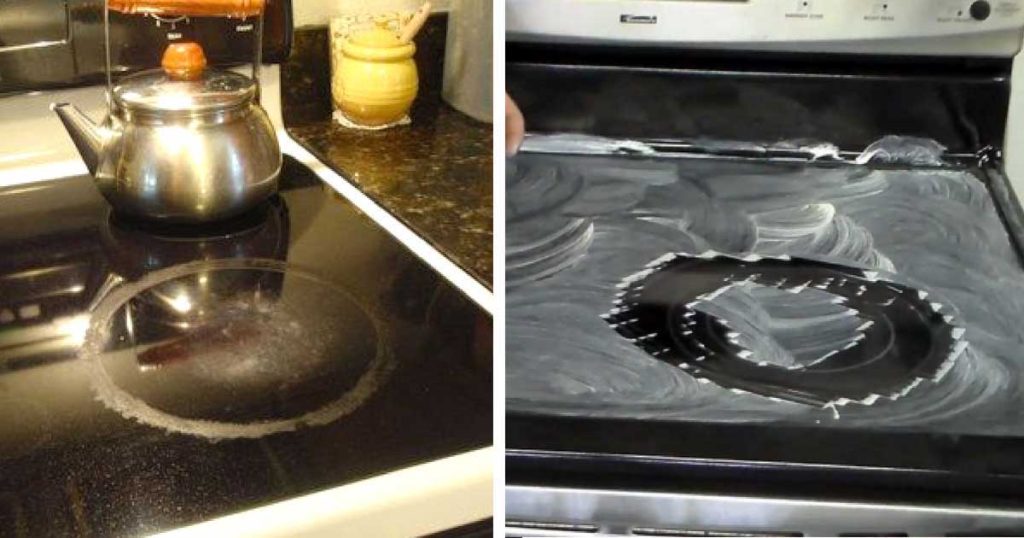
- Stubborn stains and residue Stubborn stains and residue can accumulate on the glass stove top over time, making it difficult to remove them with regular cleaning methods. These stains can be caused by spills, grease, or burnt-on food.
- Burnt-on food and spills Burnt-on food and spills can be a common occurrence when cooking on a glass stove top. These can leave stubborn marks and require extra care to remove without causing damage to the surface.
III. Essential Tools and Materials
A. Gentle yet effective cleaning materials
- Microfiber cloth A microfiber cloth is an essential tool for cleaning a glass stove top. Its soft and absorbent fibers can easily lift and trap dirt and grime without scratching the surface.
- Non-abrasive sponge A non-abrasive sponge is another useful tool for cleaning a glass stove top. It can effectively remove stains and residue without causing scratches or damage.
B. Safe and recommended cleaning solutions
- Vinegar and water solution A vinegar and water solution is a safe and effective cleaning solution for a glass stove top. Mix equal parts of vinegar and water in a spray bottle and spray it onto the surface. Let it sit for a few minutes, then wipe it off with a microfiber cloth or sponge.
- Baking soda paste Baking soda paste is a natural and gentle cleaning solution that can help remove stubborn stains and burnt-on food. Mix baking soda with a small amount of water to form a paste, then apply it to the stained areas. Let it sit for a few minutes, then scrub gently with a non-abrasive sponge before rinsing it off.
IV. Step-by-Step Cleaning Instructions
Cleaning your stove top is an essential part of maintaining a clean and functional kitchen. Follow these step-by-step instructions to ensure a thorough and effective cleaning process.
A. Preparation
- Turn off and cool down the stove top: Before starting the cleaning process, make sure your stove top is completely turned off and cooled down to prevent any accidents or burns.
- Remove any loose debris or food particles: Use a soft brush or a dry cloth to remove any loose debris or food particles from the stove top. This will make the cleaning process easier and more effective.
B. Cleaning Process
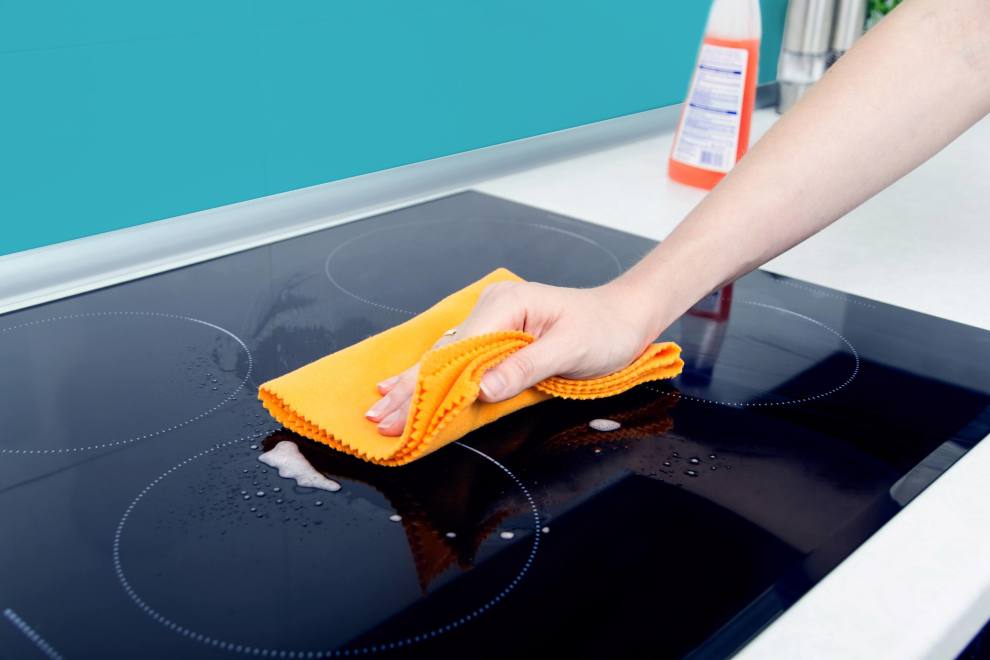
- Initial wipe down with a damp microfiber cloth: Begin by giving your stove top a quick wipe down with a damp microfiber cloth. This will help remove any surface dirt or grime before applying the cleaning solution.
- Applying the cleaning solution: Prepare a cleaning solution by mixing equal parts of vinegar and water in a spray bottle. Spray the solution onto the stove top, focusing on any stained or greasy areas.
- Gentle scrubbing and stubborn stain removal: Use a soft sponge or non-abrasive scrub brush to gently scrub the stove top in circular motions. Pay extra attention to stubborn stains or grease buildup, applying a bit more pressure if needed.
- Rinse and wipe clean: Once you have thoroughly scrubbed the stove top, rinse off the cleaning solution with a damp cloth or sponge. Make sure to remove any residue or cleaning solution from the surface.
V. Maintenance and Preventive Tips
To keep your stove top clean and in good condition, it’s important to establish a regular cleaning routine and follow these preventive tips.
A. Regular cleaning routine
- Daily wiping: Make it a habit to wipe down your stove top every day after use. This will help prevent any stains or spills from drying and becoming more difficult to remove.
- Dealing with spills and messes immediately: If you spill anything on the stove top, clean it up immediately to prevent it from staining or causing damage. Use a damp cloth or sponge to wipe away any spills or messes.
B. Technique to avoid scratches
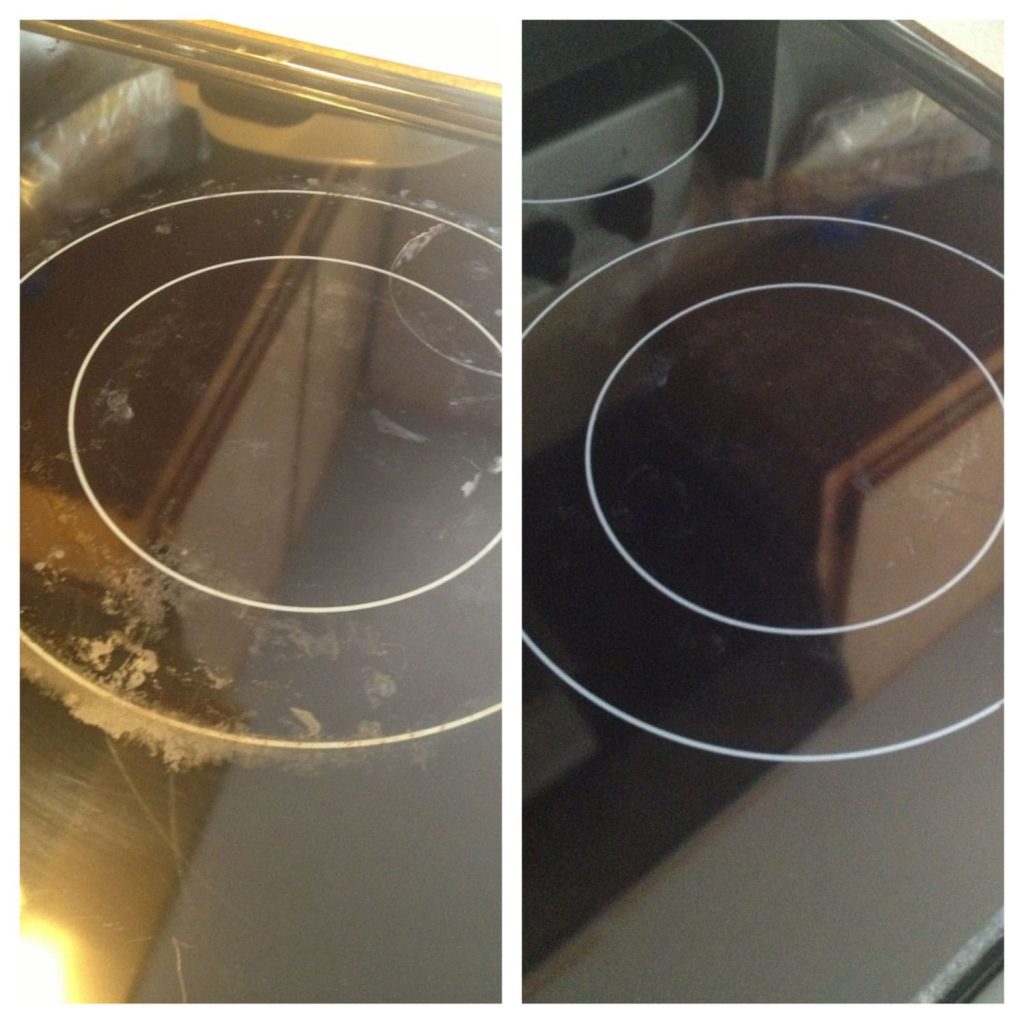
- Proper cookware usage: When using your stove top, make sure to use cookware with smooth bottoms to avoid scratching the surface. Avoid dragging or sliding cookware across the stove top.
- Avoiding abrasive materials: Be mindful of the cleaning materials you use on your stove top. Avoid using abrasive scrub brushes or harsh chemicals that can scratch or damage the surface. Stick to mild cleaning solutions and soft cloths or sponges.
VI. Extra Tips for Tough Stains and Spills
For stubborn stains or hardened spills, try these additional tips to effectively remove them from your stove top.
A. Removing burnt-on food
- Soaking with baking soda and water: If you have burnt-on food stuck to your stove top, create a paste by mixing baking soda and water. Apply the paste to the affected area and let it sit for a few minutes to loosen the food residue.
- Gently scrubbing with a non-abrasive sponge: After letting the baking soda paste sit, use a non-abrasive sponge to gently scrub away the burnt-on food. Rinse off the area with water and wipe clean.
B. Dealing with hardened spills or stains
- Using a mild glass cleaner: If you have hardened spills or stains on your stove top, spray a mild glass cleaner onto the affected area. Let it sit for a few minutes to soften the stain, then gently scrub it with a soft cloth or sponge. Rinse off the area with water and wipe clean.
- Steam cleaning method: Another effective way to remove hardened spills or stains is by using a steam cleaner. The heat and steam will help loosen the residue, making it easier to wipe away. Follow the manufacturer’s instructions for using a steam cleaner on your specific stove top.
By following these step-by-step cleaning instructions and incorporating regular maintenance and preventive tips, you can keep your stove top clean, functional, and looking its best. Remember to always prioritize safety and use caution when cleaning or working with hot surfaces.
